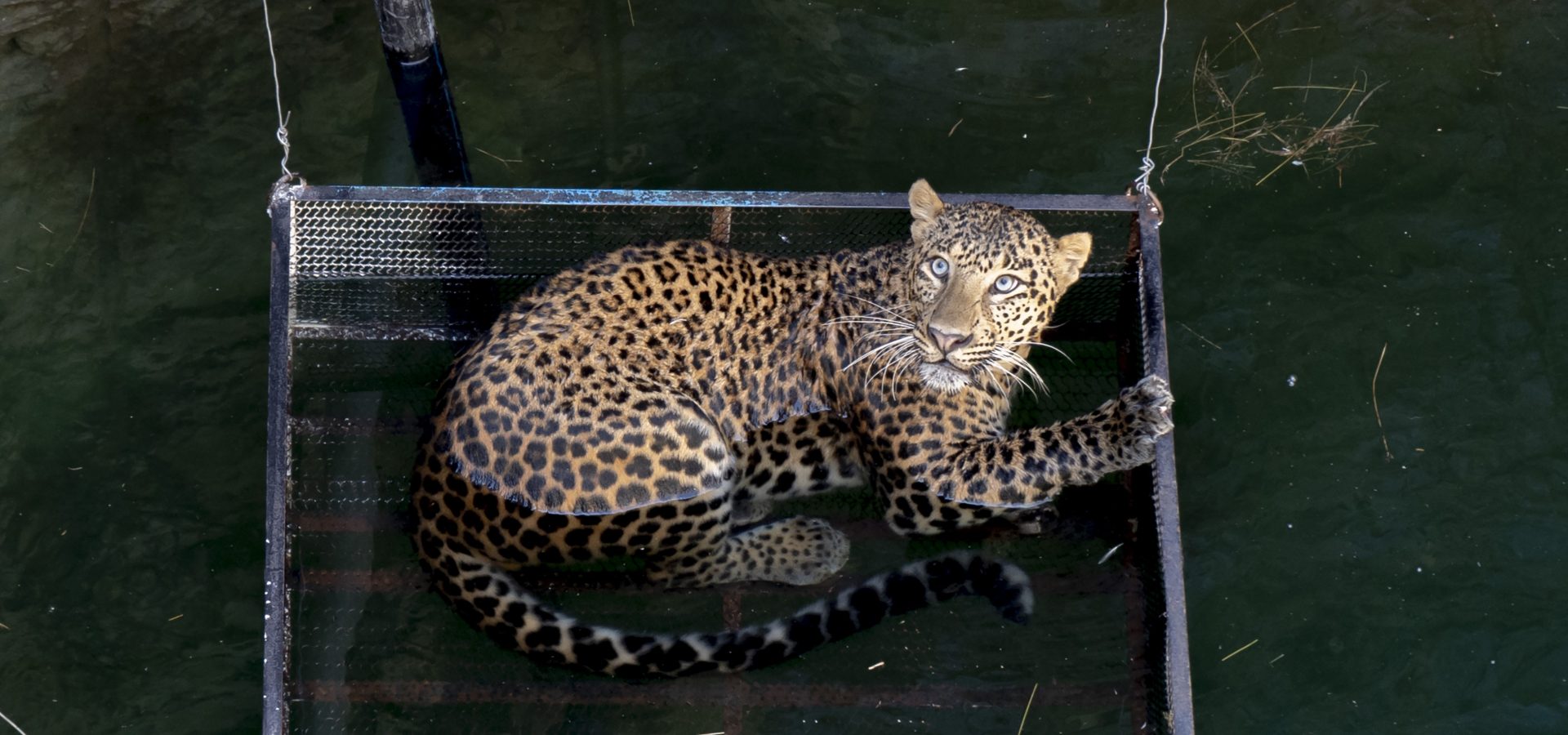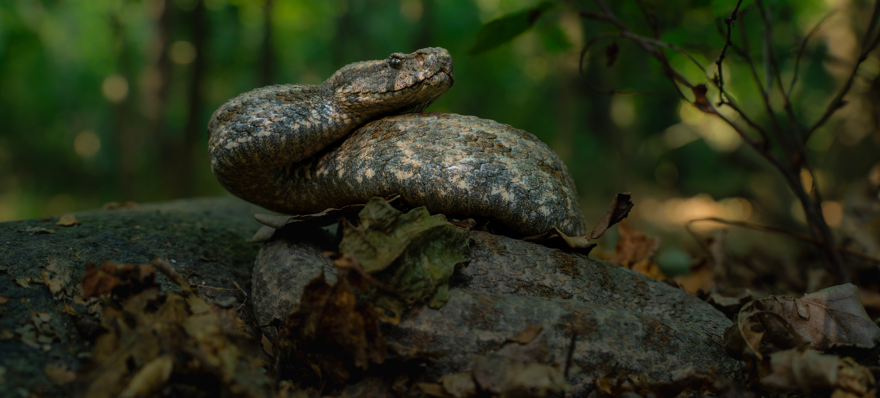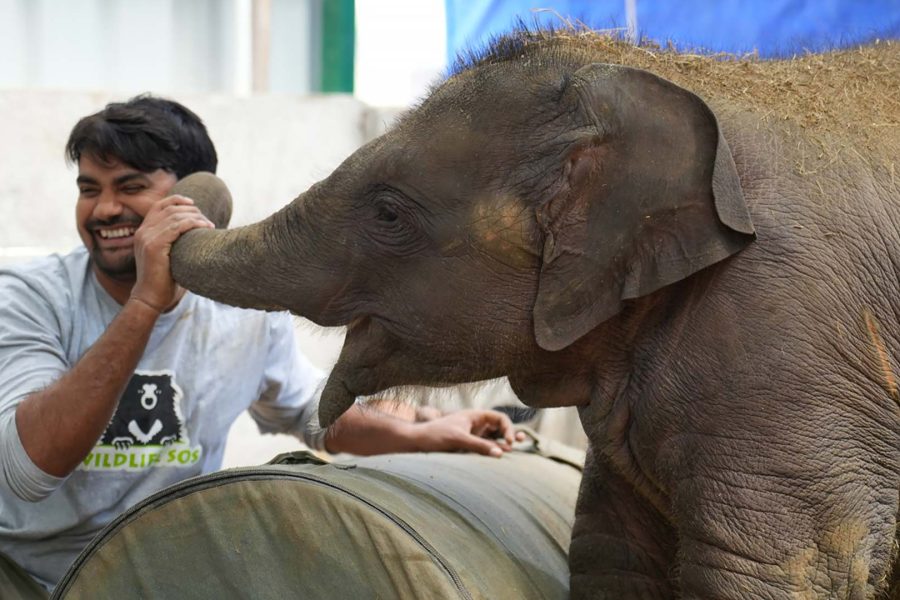As the scorching heat of summer envelops India, a silent struggle takes place deep within the heart of landscapes that were once heavily forested. While being a vital source of water, open wells have become treacherous traps for wild animals — from elusive jackals and majestic leopards to misinterpreted hyenas and venomous snakes.
The searing summer and dwindling natural resources force desperate animals to venture closer to human settlements, where they stumble into uncovered wells. Wildlife SOS, along with the state forest department, work tirelessly to assist these distressed animals. Let’s dive into the stories of wild lives rescued from open wells.
Saving the Golden Jackals
One early summer morning, locals of Waghale village in Maharashtra woke up to screeching sounds coming from a nearby well. Upon investigating, they discovered that a golden jackal had fallen into a 25-foot-deep dry open well. This jackal was trying to find a way out of the well. Concerned for the animal, the villagers immediately reached out to the forest department and Wildlife SOS for help.
In what can be described as an extremely challenging task, the teams carried out a three-hour-long rescue operation for the animal. They started by luring the jackal into a cage, but since the animal was hesitant, a different strategy was adopted. One of the rescuers descended into the dry well with a snare pole and skilfully manoeuvred the jackal into a safety net. The animal was carefully lifted out and released in the nearby forested patch.
In another incident from last month, a golden jackal was found trapped in an open well in Rajuri village of Maharashtra. This was a rather unusual situation since the animal was accompanied by a five-foot-long Indian cobra! Understanding the urgency, our team promptly rushed to the location along with the forest department to rescue the animals who had managed to make an unlikely truce. After two long hours, the duo was rescued from the open well and released into the wild.
Last year during the summers, a female golden jackal was rescued by the Wildlife SOS Rapid Response Unit from a 30-foot-deep open borewell in Fatehabad, Agra. Another jackal was saved from the hazard of open wells in Junnar, Maharashtra. Fortunately, timely intervention by Wildlife SOS and the forest department ensured that the animals were safely released back into the wild.
Indian Leopards in Peril
Nearly a month ago, a young female leopard accidentally fell into an 80-foot-deep well in Savargav village in Maharashtra. The forest department and Wildlife SOS team from the Manikdoh Leopard Rescue Centre sprang into action to rescue the struggling feline. Given the depth of the well, the team first lowered a crate for the tired leopard to climb on. After this, the big cat was safely pulled out using a trap cage.
In a similar case from last summer, an approximately four-year-old female leopard was found trapped in a 70-foot-deep uncovered well in Pune. Wildlife SOS and the forest department rushed to the rescue and carefully extricated the leopard in a harrowing two-hour-long operation. The incident took place just days after a male leopard was rescued from a 50-foot-deep well in Ahmednagar district.
In June 2022, another male leopard was found struggling to stay afloat in a 45-foot-deep well in Otur Forest Range. The distressed feline was saved from drowning with the help of a charpai (a woven bed), all thanks to the concerned locals. Their swift response reaffirmed how impactful the numerous awareness programmes conducted by our teams have been.
Tale of Stranded Civet Cats
During the month of April, local farmers of Netwad village heard the calls of a small Indian civet stuck inside a 45-foot-deep open well. After several failed attempts to escape the well, the civet sought shelter on an elevated edge to avoid drowning in the water. As a quick action, the forest department and Wildlife SOS team lowered a trap cage tied to a rope, and the animal immediately jumped into it.
Similarly last year, the teams performed an hour-long strenuous operation to rescue an adult small Indian civet from a 25-feet-deep well in Junnar, Maharashtra. Due to the precarious nature of the situation, a meticulous plan was set in motion. One of the rescuers climbed down the well to safely extricate the distressed animal. After medical examinations by the veterinarian, the civet cats were released back to their natural habitat.
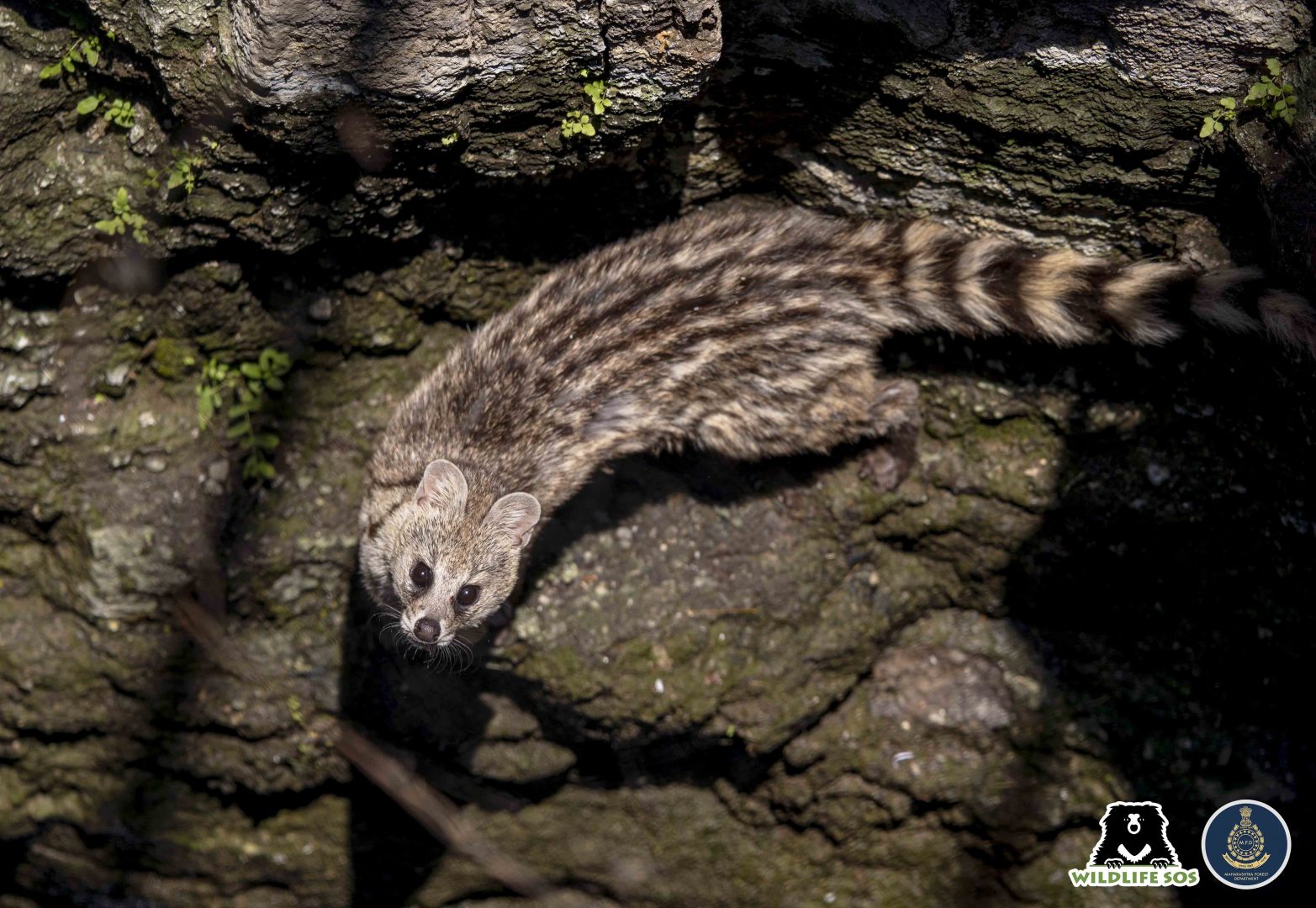
Hope for Trapped Hyena
Uncovered wells have proven to be death traps for several animal species, including the striped hyena. As they set out on a foraging prowl, they are prone to accidentally fall into the wells that dot the margins of agricultural fields. In the summer of 2022, villagers reached out to our team to rescue a hyena from a 30-foot-deep well. Equipped with the necessary rescue gear, the team successfully lifted the scavenger from the well and released it into a forested area.
With cases like these rising in number, the Wildlife SOS team launched its Open Wells Conservation Project in the state of Maharashtra last year in order to urgently cover open wells and protect wild animals from becoming victims. To assess the dangers associated with an open well, our team has first identified specific wells from which we have previously rescued various animal species. Our ultimate objective is to ensure the covering of every open well, starting with those that have proven to pose the greatest risk to wildlife.
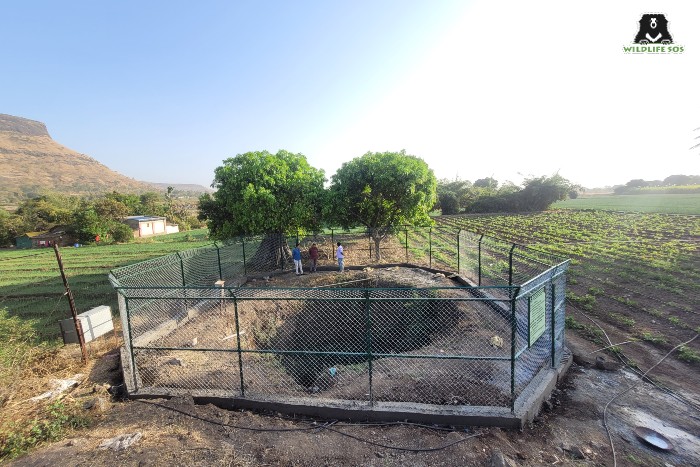
By covering these wells, we can prevent any animals from accidentally falling in while still maintaining their primary function of providing water to people. Wildlife SOS is dedicated to the comprehensive coverage of all these wells using expert techniques and durable materials capable of withstanding potential degradation over time. To date, the team has managed to cover 11 wells successfully and is currently working on covering the 12th and 13th open well. You too can make a difference and help us by signing our petition against open wells.

